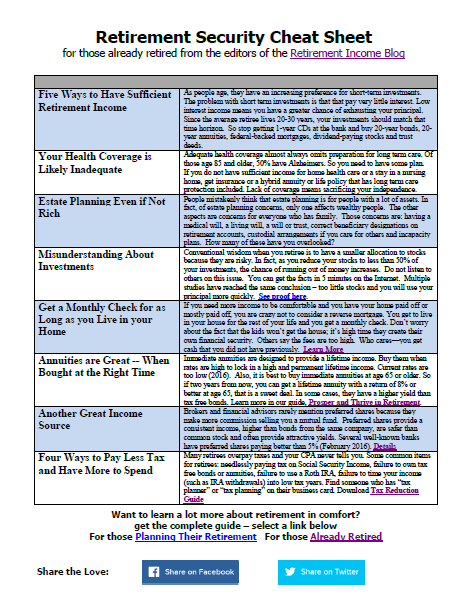One benefit that your qualified plans (protected by ERISA) give you is a certain amount of protection from creditors for your retirement savings. The government created the tax deductable and tax-deferred attributes of qualified plans as an incentive for people to save for their retirement years. Protection of these retirement accounts from creditors is also a benefit - and one that may be quite important.
The U.S. is a litigious society. It's almost a given that everyone will be subjected to a lawsuit at one point in his life. Awards in lawsuits can be enormous and easily wipe out the retirement savings of the average American. Choosing to invest your retirement savings in qualified plans may pay off in protection from creditors more so than from the tax sheltering they provide.
It's the Bankruptcy Abuse Protection and Consumer Protection Act of 2005 (BABCPA) that became effective in October of 2005 that finalized some of the protection attributes. Some of its key determinations now extend to protection for retirement savings beyond ERISA plans:
- SEP (Simplified Employee Pension) IRAs, SIMPLE (Savings Incentive Match Plan for Employees of Small Employers) IRAs, and all defined-benefit and defined-contribution employer retirement plans have unlimited creditor protection in bankruptcy.
- Distributions from all defined-benefit and defined-contribution employer retirement savings plans retain creditor protection in bankruptcy if they are rolled over to an IRA
- Traditional and Roth IRAs not created from rollovers from qualified plans are subject to creditors in bankruptcy but only to the extent that these accounts exceed $1 million,
- Employer retirement savings plan protection (including SEP and SIMPLE IRAs, and non-ERISA retirement plans such as individual 401(k)s now receive unlimited creditor protection during bankruptcy, regardless of ERISA.
Due to specific details in the act you should remember that:
- Traditional and Roth IRAs are exempt up to $1 million
- SEP and SIMPLE IRAs are exempt for an unlimited amount but rollovers from them into other IRAs are exempt only up to $1 million.
- All other types of tax-deferred retirement accounts, or rollovers from them now held in IRAs, are exempt for an unlimited amount
To maintain the greatest protection from creditors, be sure you keep good records on all your rollovers from qualified plans and keep separate IRA accounts for rollovers from SEP and SIMPLE IRAs (see #2 above) versus rollovers from other types of tax-deferred retirement savings accounts (see #3 above).
Very important: note that the above protections are protections in bankruptcy. Funds outside of an ERISA retirement savings plan (e.g. IRAs) are only protected by non-bankruptcy creditor actions by your state's laws. So if you don't go into bankruptcy to protect assets, other types of creditor problems may leave an IRA unprotected depending on you individual state's laws.


Leave a Reply